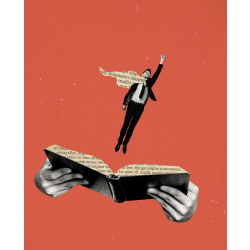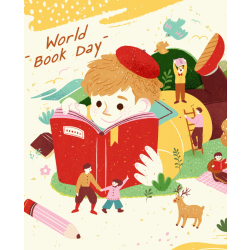Literacy is the foundation of knowledge, but it is also the key to social mobility. A scarcely believable fact, according to the DfE: that in the 21st century, in one of the most developed countries in the world, one in five children leave primary school unable to read or write properly.
By Year 7, a so-called “literacy gap” is already evident. While most students can decode and comprehend text and can, therefore, acquire facts, practise processes and develop opinions, others need more support.
If children read, they will be happier, healthier and wealthier as adults. Reading really is magic because the statistics are true across all social classes. Reading develops empathy, creativity and intelligence.
An ever-increasing volume of evidence indicates that gender is a significant factor in both choices of reading materials and reading achievement for boys and girls.
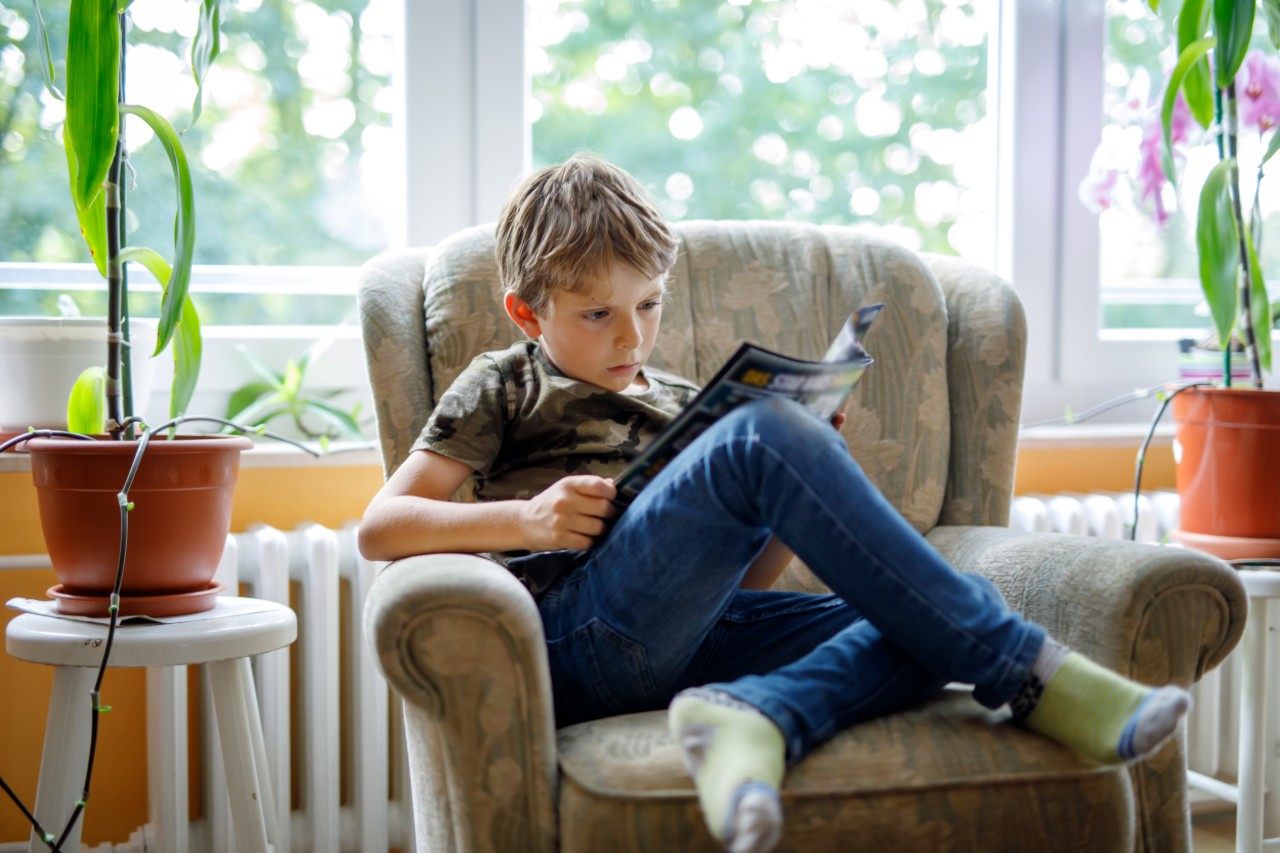

- Boys are less likely than girls to go to university.
- Boys are more likely than girls to be placed in special education programmes.
- Boys typically score lower than girls on standardised tests.
- Dropout rates are higher for boys than for girls.
Tackling literacy at home
However, providing the necessary support is a real challenge at this time, when schools are closed, and students are learning from home.
G. Kylene Beers identifies three distinct categories of students who can read but don’t:
- the dormant reader: "I'm too busy right now!"
- the uncommitted reader: "I might be a reader, someday."
- the unmotivated reader: "I'm never going to like it!"
As they get older, boys increasingly describe themselves as non-readers. Few have this attitude early in their schooling, but, according to some experts, nearly 50 per cent describe themselves as non-readers by the time they enter secondary school. “Boys’ underachievement is a major concern. Nationally, boys fall behind girls in early literacy skills and this gap in attainment widens with age.
The challenge of raising achievement directly addresses the learning needs of our students and the professional growth of our teachers and enhances the role of the school as an agent of social change. We want to give boys and girls the best opportunity to become powerful learners.” (UK Department for Education and Skills, n.d.)
Studies have concluded that often characteristics of reading programmes in schools were unconsciously biased towards girls, with the discouragement of certain types of literature unsuitable for school reading, insufficient guidance in sourcing relevant to their interests, use of reading activities as a time-filler, and a limited selection of genres.
With much work done in schools already to address this, how can this be maintained with homeschooling?
Students' access to books and materials is currently limited to what is available at home and online. There is an opportunity for students to re-discover reading for pleasure, as the constraints of the classroom have been removed. Any reading is good reading!
Boys like to read:
- Books that reflect their image of themselves - what they aspire to be and to do.
- Books that make them laugh and that appeal to their sense of mischief.
- Fiction, but preferably fiction that focuses on action more than on emotions.
Books in series, such as the Harry Potter series, seem to provide boys with a sense of comfort and familiarity. - Books relating to science fiction or fantasy.
- Newspapers, magazines, comic books, football cards, and instruction manuals - materials that are often not available in the classroom.
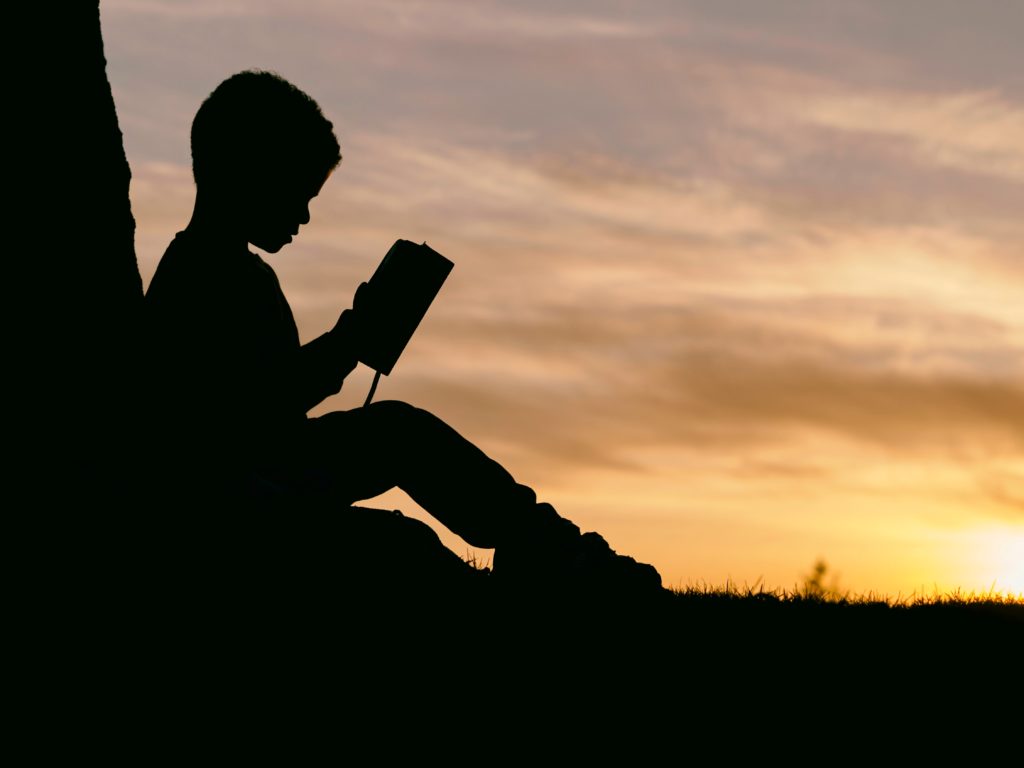

Reading Dens are great for...
- Encouraging younger boys to spend time reading for pleasure and injecting a bit of fun into family life. Making a den is fab, especially if you can get your children involved in both the design & build.
- Encouraging parents to step into their child’s world and share their reading space.
- Easing children’s anxieties when reading new books for the first time, be it trying trickier stories, or new genres or helping with self-doubt about their reading ability. We certainly feel better if we can have a go at something new ‘behind closed doors’.
- Claiming their own space —sometimes we just need to be able to escape from other family members!
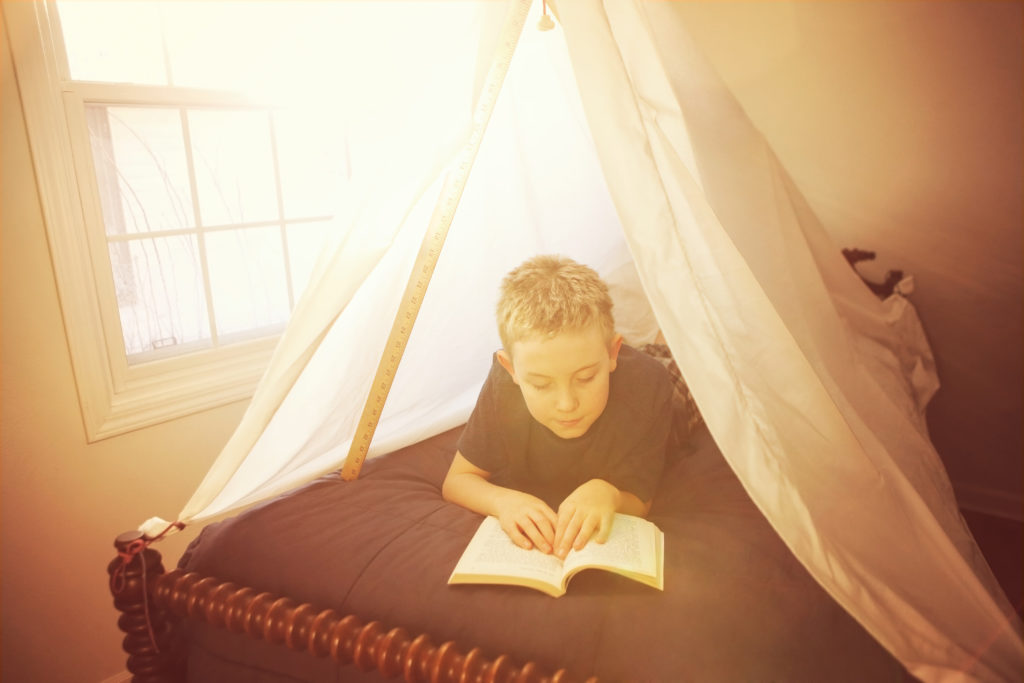

Reading dens can be as simple as a large cardboard box, a draped blanket and some cushions or an outdoor space, such as a tent or trampoline. Provide boys with den making equipment, books and a snack and let their imaginations do the rest.
Let them be bored. Sometimes you’re better off giving children a few options and leaving them to it. Children are inherently imaginative because they don’t know the rules yet…
We asked the Gresswell team for their top recommendations for reluctant readers and books that might appeal to boys:
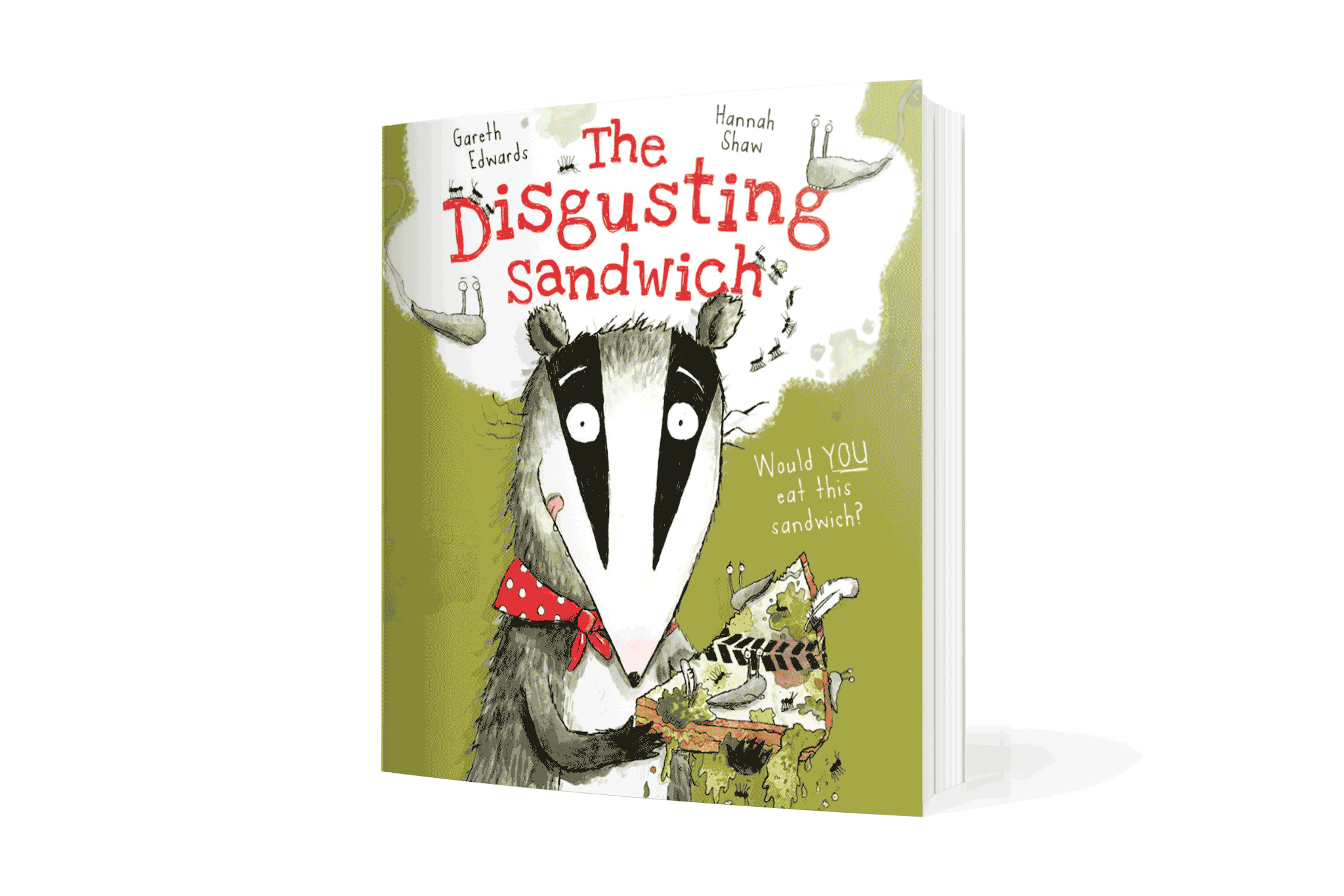

The Disgusting Sandwich (Gareth Edwards, Hannah Shaw)
Any child who’s ever enviously eyed up someone else’s food – or who’s ever been told not to eat food off the floor – will love this tale of a hungry badger following a sandwich through the park as it goes through mishap after disgusting mishap.


The I Hero books (Steve Barlow, Steve Skidmore)
The format of these choose-your-own-adventure books for the 21st century means that kids who are gripped by them will return to them over and over again. To quote a school librarian friend of mine, “The most reluctant readers I know can be found absorbed in the two Steves’ I Hero or I Horror (depending on age) books.”
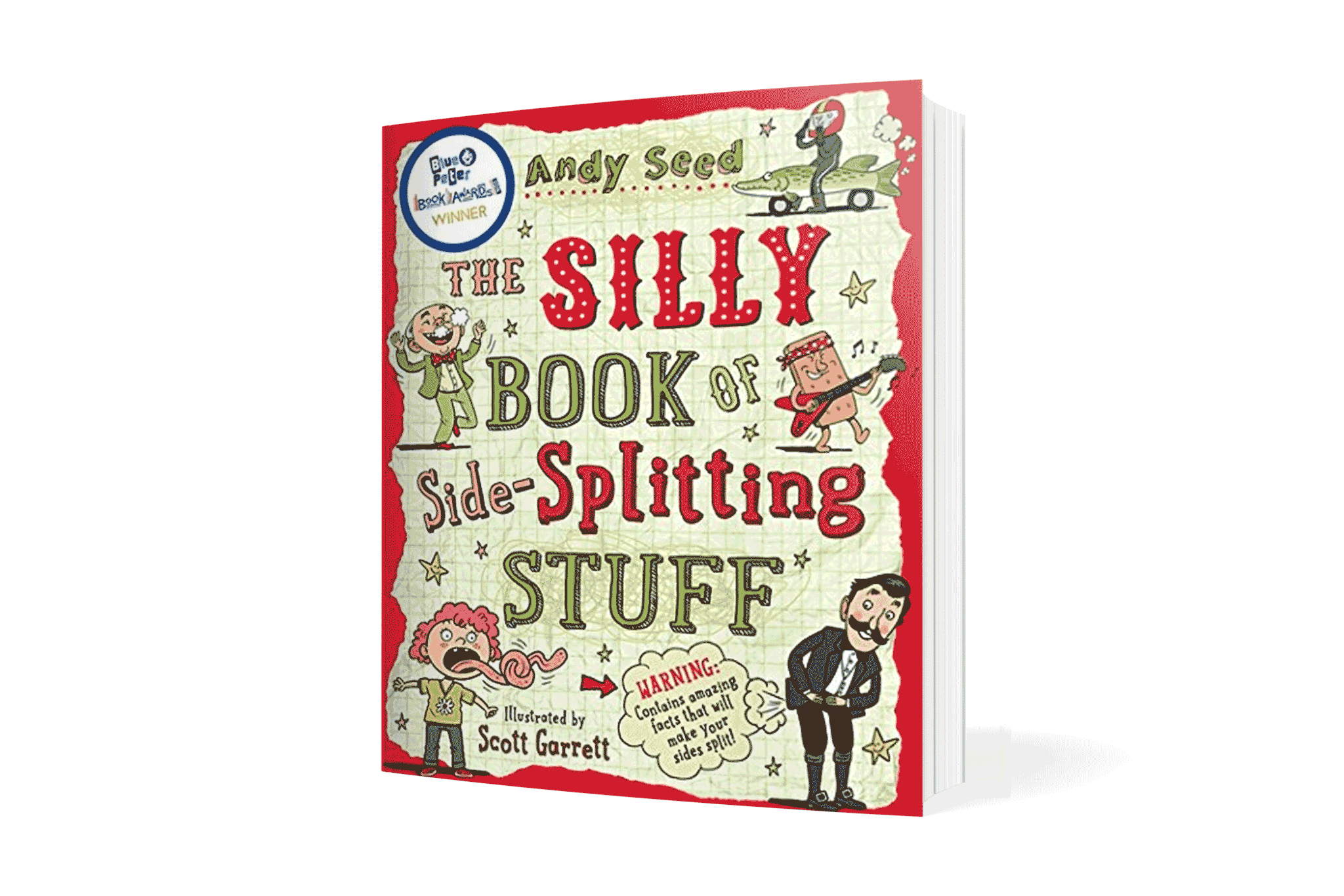

The Silly Book of Side-Splitting Stuff (Andy Seed, Scott Garrett)
For some reason, people can be a bit sniffy about non-fiction, but for a lot of children – and, anecdotally, particularly boys – it can be what really gets them reading. This (and others by the same author) are great for dipping into to find funny and interesting facts about all kinds of things.
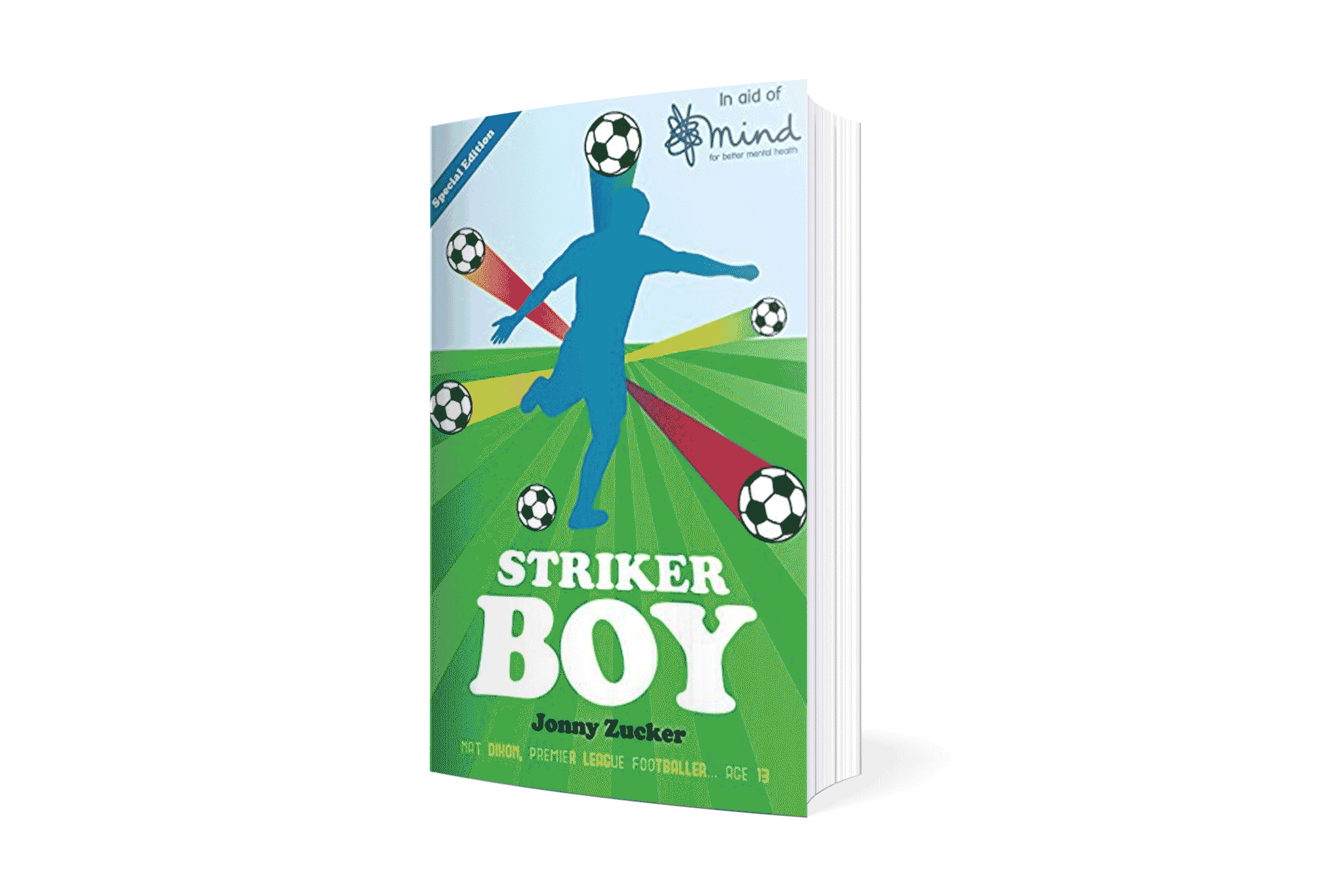

Striker Boy (Jonny Zucker)
For boys obsessed with football, they’re going to want to read about football, and Striker Boy is a great place to start. The premise – a 13-year-old is recruited to play for a Premier League side – may sound unconvincing, but Zucker makes it feel entirely plausible and adds in a healthy dose of intrigue and danger.
For older boys?
Three-quarters of white working-class boys fail to achieve the government’s benchmark for literacy at the age of 16.
Maintaining engagement with these students is paramount to their achievement at GCSE and beyond.
Offering alternative genres and formats can help the most reluctant reader to keep reading.


Try out Graphic Novels
Graphic novels can appeal to reluctant readers and able readers alike and are also an accessible way to approach more challenging themes and ideas.
The visual aspect of these books helps to draw the reader in. Writing is short, without chapters and allows readers to slide into stories without pages of daunting prose. Graphic novels are faster reads and provide that sense of accomplishment of finishing a book.
If you need persuading of the range, depth and power of the graphic novel, this list of the Gresswell team's top three favourite graphic novels will definitely do it!
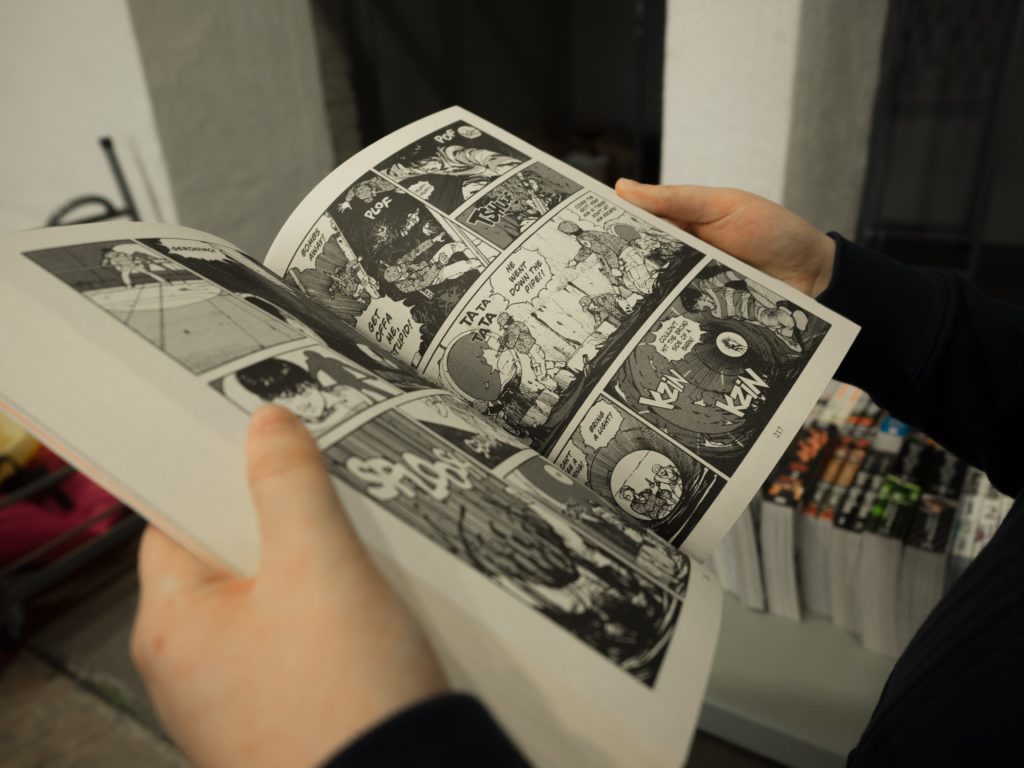

1. I am Alfonso Jones – Alfonso Jones
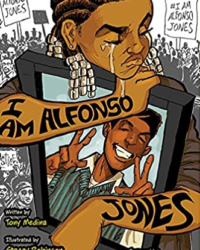

A distinctive and clever graphic novel told from beyond the dead by Alfonso who is mistakenly shot by a police officer. Ideal for reluctant readers who are interested in urban stories, hip-hop and a fight for justice.
2. The Gigantic Beard That Was Evil – Stephen Collins
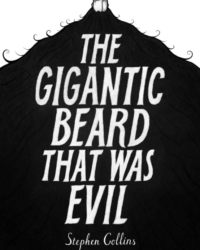

A quirky, clever and often laugh-out-loud funny graphic story about Dave – who is totally bald – and who lives on an island where everyone is clean-shaven. One day, however, Dave starts sprouting a monstrous beard that won’t stop growing…
3. The Recruit: The Graphic Novel – Robert Muchamore
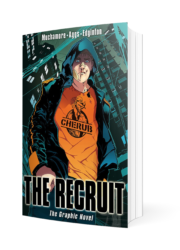

A graphic novel adaptation of Robert Muchamore’s novel ‘The Recruit’ which is very popular amongst KS3 pupils. A gripping page-turner with edgy characters and settings. Ideal for the most reluctant reader.




